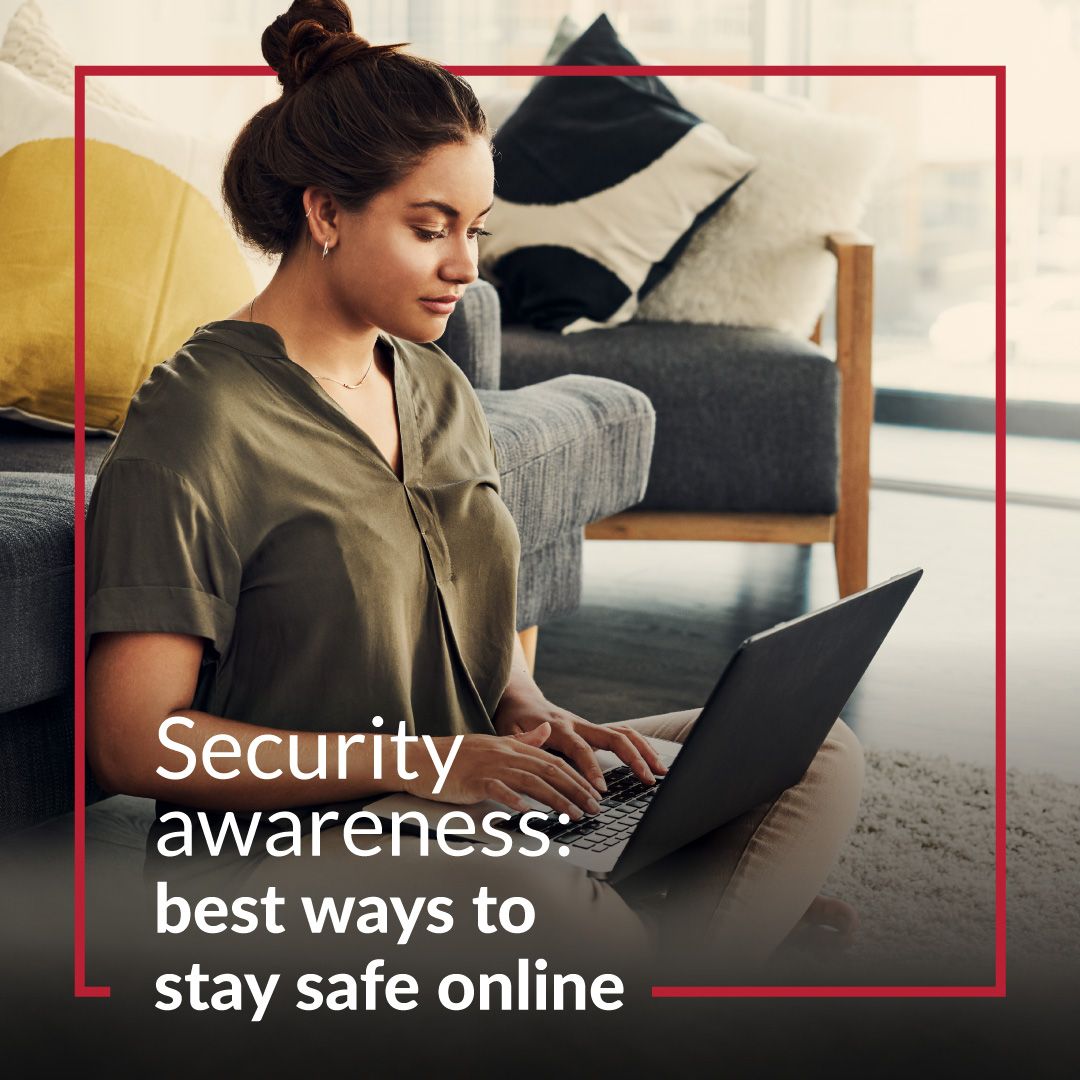A digitally connected life is one that opens access to a world of information and convenience, all in just a click, tap, or swipe. You can virtually visit with loved ones thousands of miles away, shop your favorite stores, do your banking, and get all your work done with ease. As amazing as all of this convenience is, it also comes with risks.
As technology advances, so do the tactics of scam artists who are searching for their next victim. And, if you don’t know the safest ways to search and browse online, you may be their next. Fortunately, the steps you need to take to stay safe are easy – and we’ve got them for you right here.
Browse only the best – and most secure.
Steer clear of shady websites that offer minimal or nonexistent security. Instead, browse only websites that feature strong security. You can verify a site’s security by looking for the padlock symbol in the address bar of your browser. You should also notice the website’s address should begin with “https” – with the “s” standing for “secure.” Without these layers of security, you may be at risk for your personal information or connection being hacked.
Build a better password.
Of course you want a password you can remember, but a simple one that anyone can guess won’t keep you safe (using “123456 or password”) is unsafe. Instead, create a password from a short sentence, using a combination of uppercase and lowercase letters, numbers and special characters. In addition, you should refrain from using the same password for multiple accounts
Activate multi-step authentication.
This extra step in the log in process is becoming more and more common, with some sites making it optional and others making it mandatory. When the choice is yours, opt to turn on multi-step authentication. With this activated, you’ll have to take an additional step to log in, whether each time or when you use a new device. This can mean having a code sent to a previously registered and known device or answering additional security questions.
Avoid saving your financial information with online retailers.
It may save you a few minutes at checkout, but having your credit card information saved on shopping sites can put your account at risk if the retailer’s data is ever breached. You’re better off entering the information each time you make a purchase instead.
By adhering to these best browsing practices, you will have gone a long way toward keeping yourself – and your accounts – safer online.
Learn more ways to stay safe by visiting our Security and Fraud Center.
